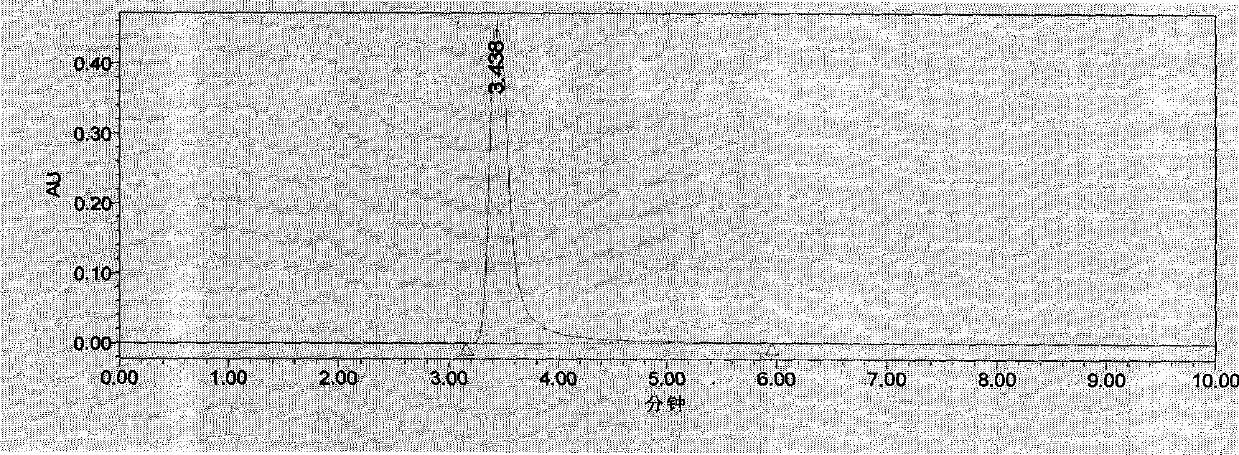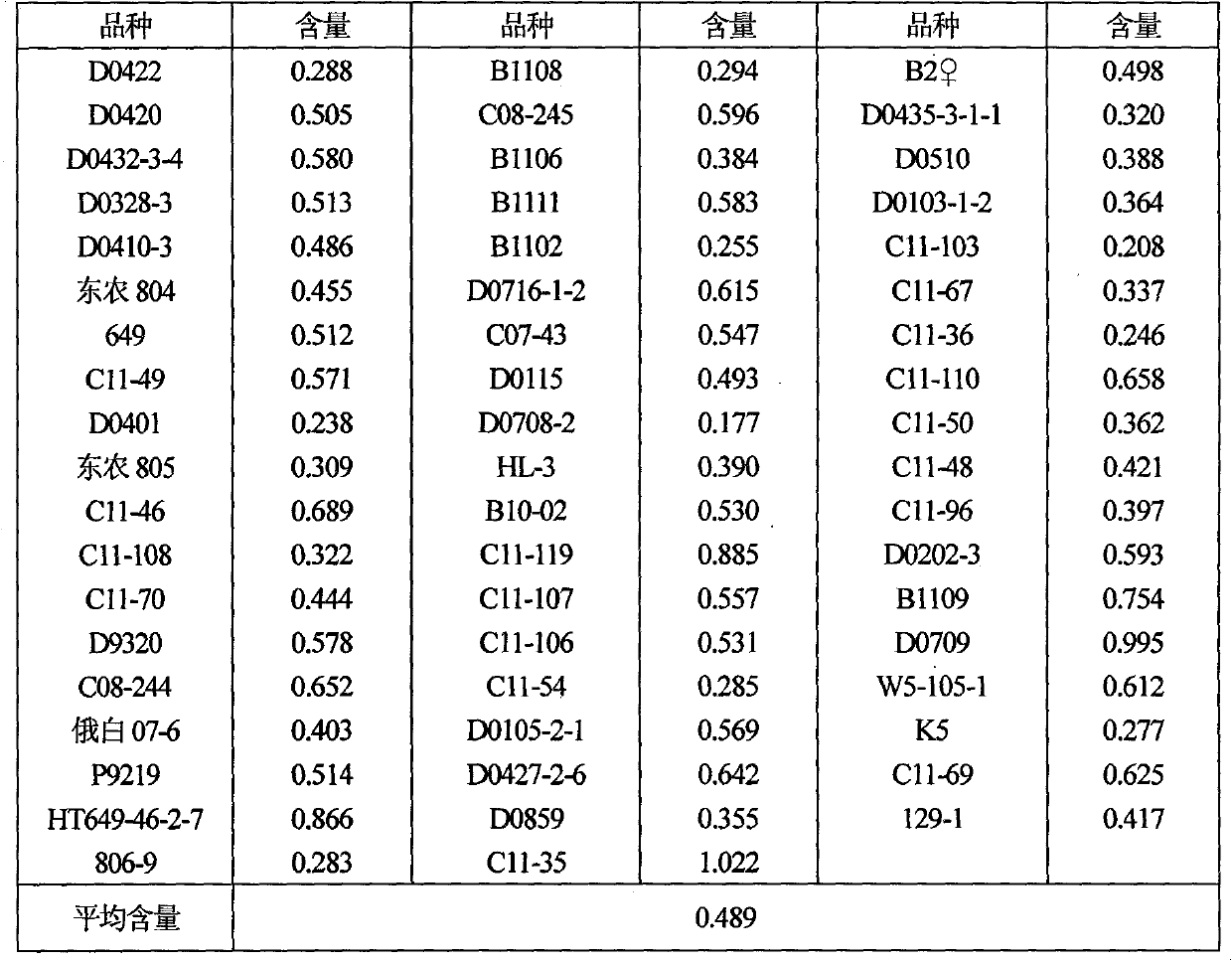Qualitative and quantitative detection method for tartronic acid in cucumbers
A quantitative detection method, the technology of tartronic acid, which is applied in the field of chemical detection, can solve the problems of lack of identification and content detection methods of tartronic acid in cucumber, and achieve the effects of low cost, simple pretreatment, and accurate and stable results
- Summary
- Abstract
- Description
- Claims
- Application Information
AI Technical Summary
Problems solved by technology
Method used
Image
Examples
specific Embodiment approach 1
[0014] Specific embodiment one: this embodiment detects tartronic acid in cucumber fruit according to the following method:
[0015] (1) Pretreatment of cucumber fruit:
[0016] Remove the end parts of both ends of the cucumber fruit, then cut it into sections, remove the cavity part (including the seeds), grind it into a paste with a juicer, and grind a small amount in a mortar.
[0017] (2) Extraction of tartronic acid:
[0018] Put the ground cucumber fruit sample into a 1.5ml centrifuge tube, and record the weight of the sample in the tube. After centrifugation, the supernatant was passed through a 0.45 μm filter membrane for HPLC detection.
[0019] (3) HPLC-DAD detection of tartronic acid:
[0020] Weak base anionic chromatographic column is used for HPLC detection, and the mobile equivalence is selected for elution, and the detection wavelength is selected for detection.
[0021] (4) Establishment of a qualitative and quantitative method for propanedioic acid:
[0...
specific Embodiment approach 2
[0031] Specific embodiment two: present embodiment can detect the tartronic acid in the cucumber fruit of different varieties according to the following method:
[0032] Get different kinds of fresh and tender cucumber fruits, each kind gets 500g of the pulp part of the fresh and tender cucumber fruits, first squeezes it into a paste with a juice extractor, then gets 10g and puts it in a mortar for grinding, and grinds to a fine state without particles. Take a 1.5ml centrifuge tube and record the weight of the empty tube. Put the ground cucumber into a centrifuge tube (most of the tube is close to the mouth of the tube), and then weigh the weight of the recording tube. Centrifuge at 12000r / min for 3min. Pour the supernatant in the centrifuge tube into an empty 1.5ml centrifuge tube, blot it dry with a 5ml syringe (pop out the air bubbles in the supernatant of the syringe, rotate the syringe and push it up until there is no more air in the syringe ), record the volume of supe...
PUM
 Login to View More
Login to View More Abstract
Description
Claims
Application Information
 Login to View More
Login to View More - R&D Engineer
- R&D Manager
- IP Professional
- Industry Leading Data Capabilities
- Powerful AI technology
- Patent DNA Extraction
Browse by: Latest US Patents, China's latest patents, Technical Efficacy Thesaurus, Application Domain, Technology Topic, Popular Technical Reports.
© 2024 PatSnap. All rights reserved.Legal|Privacy policy|Modern Slavery Act Transparency Statement|Sitemap|About US| Contact US: help@patsnap.com










